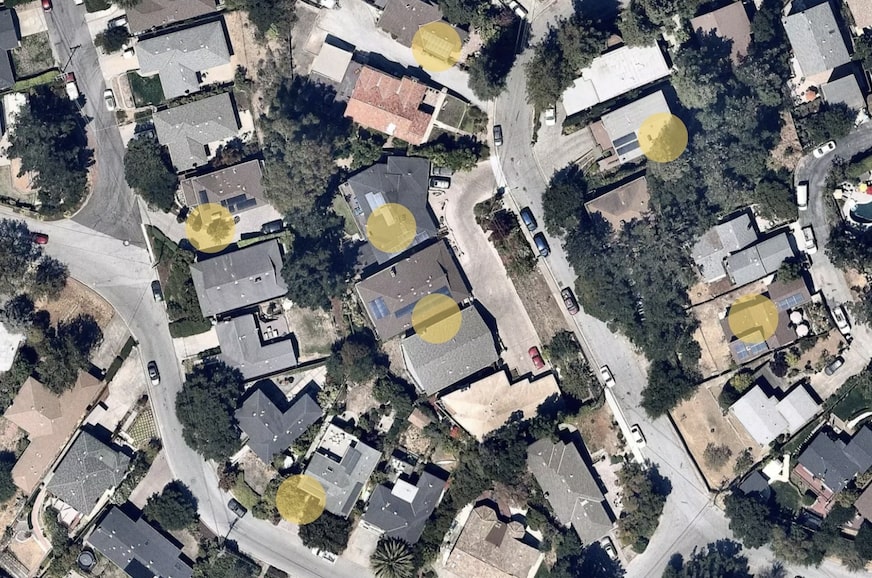If the world has to be cleaner and greener then a shift to renewable energy is inevitable. It is the future. There are a lot of people fixing solar panels and roofs but it is almost impossible to track just who is doing it on their roofs or back yards. People these days even have them as shared neighborhood installations. The fact that solar panels can be functional only when put out in the sunlight makes them very difficult to conceal. Thus they can be easy to spot and count, at least from space. This is what Project DeepSolar is trying to achieve.
Although there have been efforts aimed at the collection of such information, regulated, automated or voluntary, the data is not comprehensively sufficient to effect changes in policy or business at a state or national levels.
Engineers from Stanford, Arun Majumdar together with Ram Rajagopal, planned to take up this field. The two engineers, one of whom is a mechanical engineer while the other is civil, went about in a novel way to change the current status quo and came up with a solution to the problem.
The remedying solution now looks like as if it was the most obvious thing to do. But they were the ones who went about carrying it out and implemented it. And they tried out new and emergent technologies such as machine learning and artificial intelligence. They found out that machine learning algorithms and systems are quite efficient at making sense out of images and deciphering all the available data and find correlations between them. This great feature of the new technology got them thinking. Machine learning systems can be taught and trained to carry out image recognition. If that is the wonderful feature which can recognize tables, chairs, or vehicles then why not something like solar panels?
The team, which included graduates Zhecheng Wang and Jiafan Yu were able to bring together an image recognition machine learning algorithm. The tool learned from thousands of satellite images of solar panels. The DeepSolar model learnt to identify the presence of solar panels and roofs embedded in a picture and determine the shape as well as the area of all those panels.
The Machine Learning DeepSolar algo was imparted training on about one hundred thousand of other randomly picked satellite images that were available in the USA. The duo achieved accuracy of around 90 per cent. This is remarkable with such little error ratio and is considered more accurate that other similar models. It is also estimated that the cell size had just 3 per cent error. The model sometimes fails when the size of installations is very small, recounts Rajagopal. However, as the limits of imagery expand and with the evolution of more accurate technology, even that little percentage of error is expected to disappear soon, hope the two engineers.
- Automobile Companies Make Huge Investments in Electric Vehicles - April 19, 2019
- World Water Day: India faces massive water crisis in next 10 years - March 22, 2019
- How to Save the Environment in 5 Innovative Steps - March 2, 2019
- Decentralized Renewable Energy (DRE) Can Attract $100 billion in India - February 21, 2019
- Pioneer Cement and Emirates RDF Tie-up for Fuel from Household Waste - February 7, 2019
- Project DeepSolar Uses Machine Learning to Map Solar Panels - December 20, 2018
- World’s Biggest Organic Sewage Management System is in Kolkata - November 15, 2018
- Fight plastics: Indian Regeno makes eco-friendly biodegradable bags - August 31, 2018
- Husky Robot Delivers Water to Villagers in South India: Rural Innovations - June 11, 2018
- India should install rooftop solar power panels like China: Green Energy - November 20, 2017

